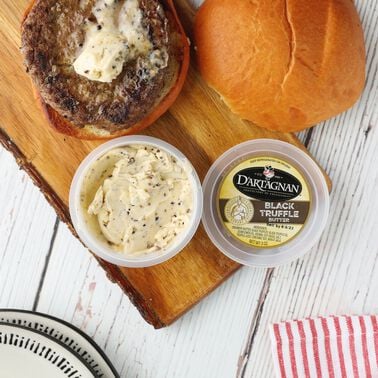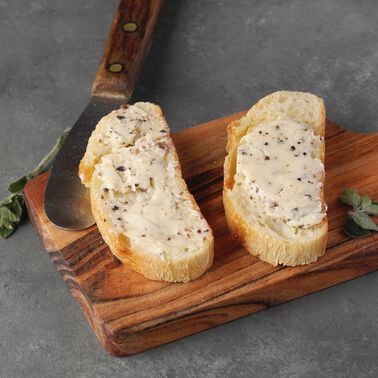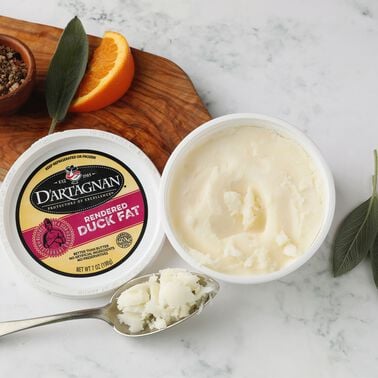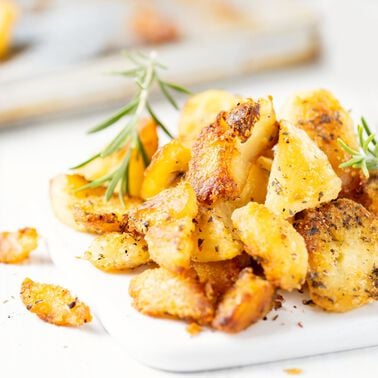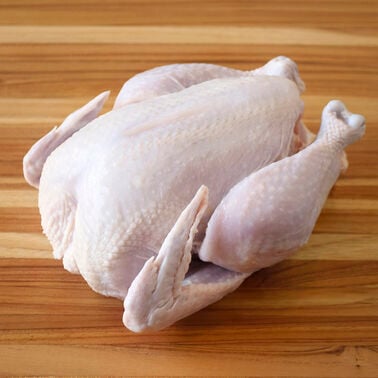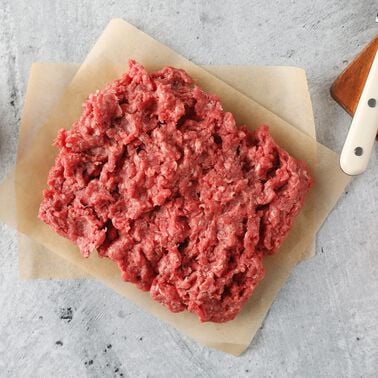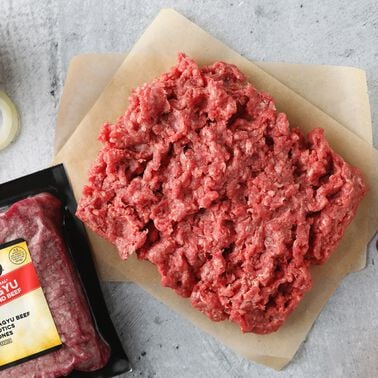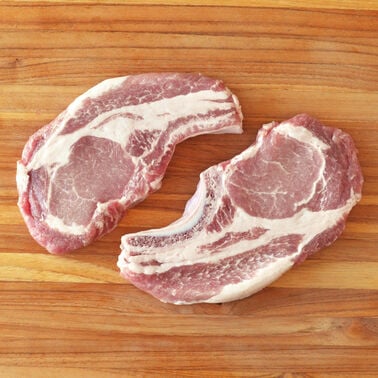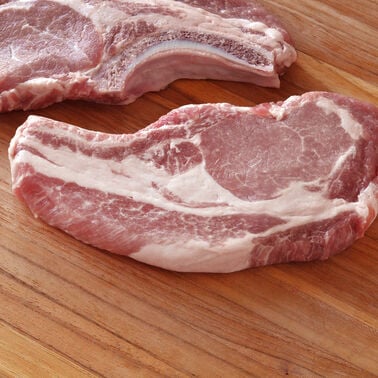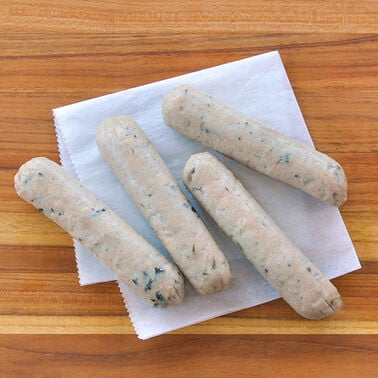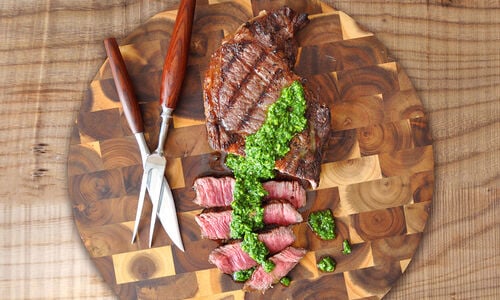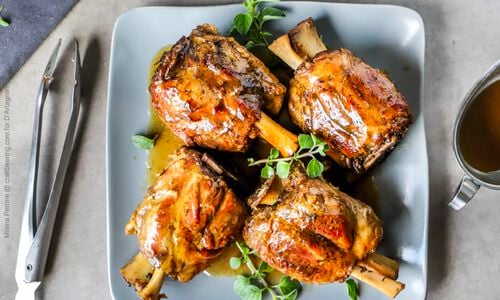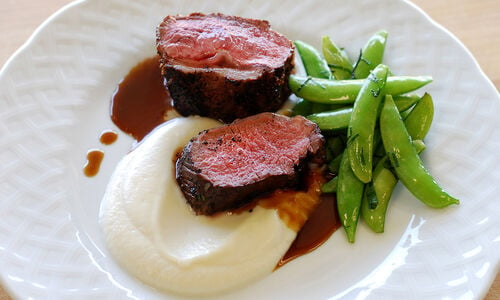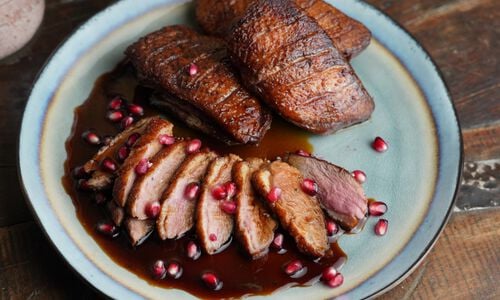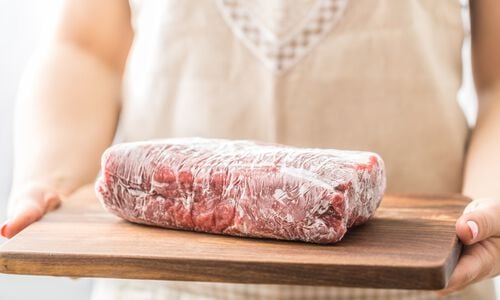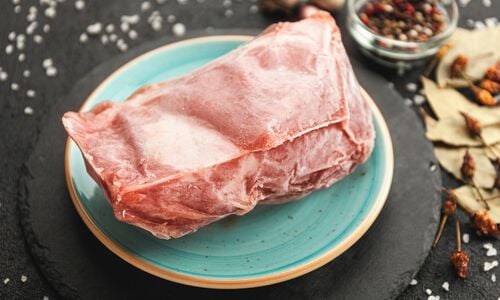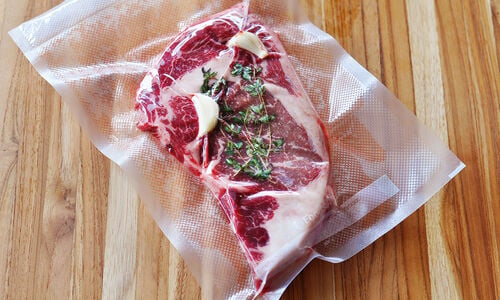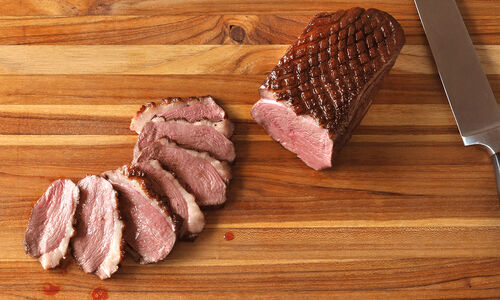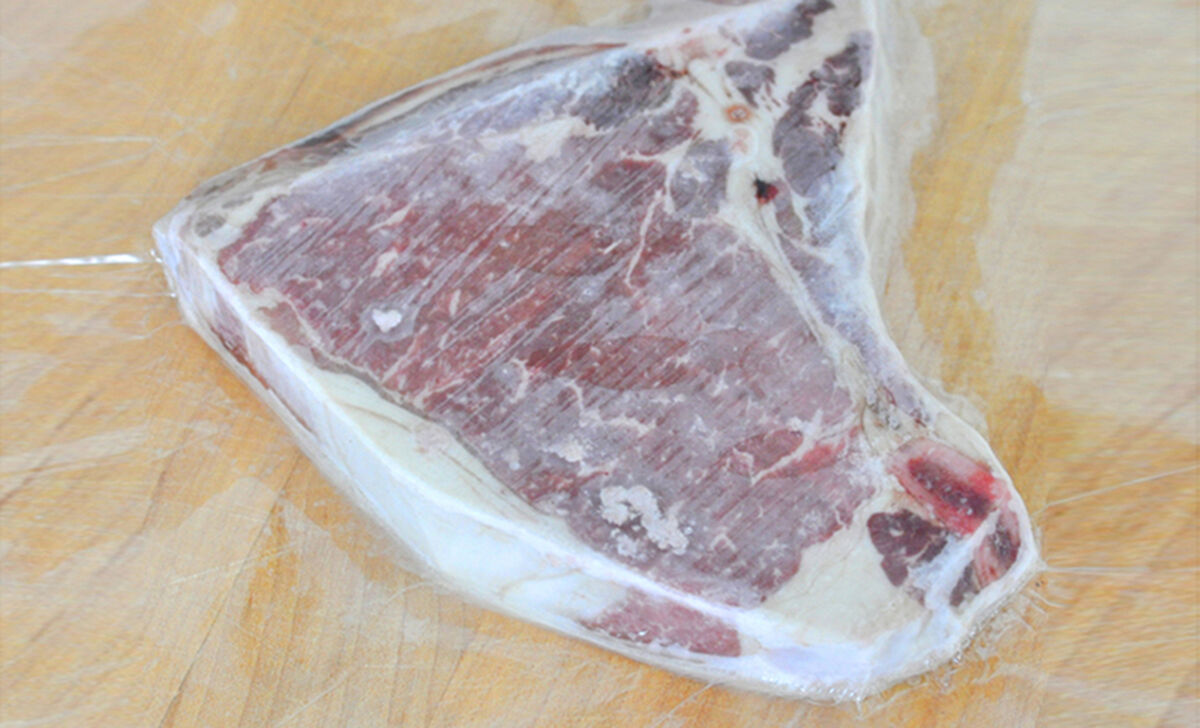
Freezer Prep
Freezing meat is a pretty straightforward process but here are a few basic tips to keep in mind before the big freeze.
- Fresh meat in = fresh meat out. This should be a no-brainer. Freezing will retain quality and freshness, but meat that is past its prime will continue to slowly deteriorate.
- Trim meats of excess fat before freezing, as the fat has a tendency to oxidize and take on an unpleasant color, odor and/or taste.
- If freezing several portions or pieces of meat, make sure to separate first as frozen meats are very difficult to break apart.
- The ends of bones that may pierce the wrap should be ‘padded’ with freezer paper or foil before packaging.
- Know your appliance. If your freezer can't maintain zero degrees or if the door is opened frequently, use it for short-term food storage. Use a free-standing freezer set at 0 °F or below for long-term storage of frozen foods. Keep an appliance thermometer in your freezing compartment or freezer to check the temperature.
- Only put as much food in the freezer as will freeze within the next 24 hours or so (usually about 2-3lb per cubic foot).
Become a Wrap Star
Proper packaging will help to maintain quality, freshness and prevent dreaded freezer burn. While it’s safe to freeze meat in it’s original packaging, if that packaging isn’t vacuum-packed it makes more sense to re-pack in containers or wrap that is specifically made for the freezer. Home vacuum-sealers make the process quick and easy but aren’t required. Plastic freezer bags, cling-film and aluminum foil are great wrapping materials for your meat-freezing arsenal. Freezer paper and parchment work well for separating individual portions or cuts packed together, such as a stack of patties or cutlets. Whatever material you choose, just make sure to squeeze out all excess air before freezing and don’t forget to label! Frozen meats should be labeled with the date by which they should be used.
Quick Tips
- Place newer things in the back of the freezer and older items in front.
- Cooked meats and other dishes can be reheated directly from the frozen stage. It will take approximately one and one half times longer to cook than if it had been previously thawed.
- For your freezer to run efficiently, you need good cold air circulation so always keep items away from the freezer vents.
- If freezing cooked meats, they should be just slightly undercooked when frozen if they are to be reheated when thawed.
- Next time you’re following a recipe that calls for thinly sliced meat try putting the cut in the freezer for 1½ - 2 hours before slicing. Par-freezing makes slicing thinly much easier. This is an especially effective technique for slicing or dicing bacon, as the fatty meat won’t slide under your knife.
- When freezing poultry, the bones and the meat near them can become dark. Bone darkening results when pigment seeps through the porous bones of young poultry into the surrounding tissues when the poultry meat is frozen and thawed. Don’t worry – this superficial coloring is safe.
- Remember, protein and lipid cells freeze at different temperatures. Lean meat will freeze with less damage than a marbled cut. By extension, all- protein items, like demi-glace, jus, and consommé and all-lipid items, like duck fat and butter, will freeze beautifully without deterioration.
